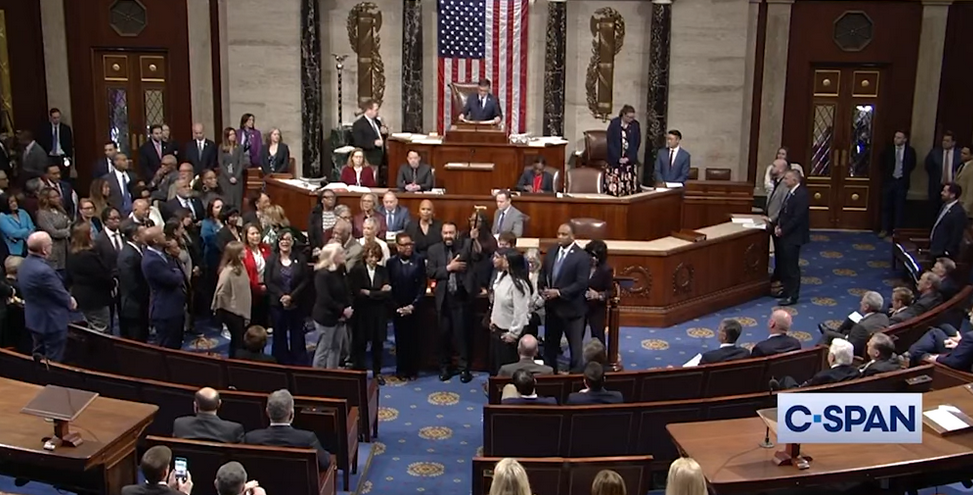Arne Duncan
In recent weeks, incidents at the University of Missouri and Yale University have placed in the public eye a set of issues that are familiar and painful to far too many college students.
While these campuses have been the most visible recent examples, decades of history stretch across many campuses, with the issue going beyond individual moments of racial harassment, hostility and insensitivity. Students nationwide have expressed a deep concern about whether their schools are prepared to handle such experiences, and that a slow or tepid reaction can amount to tolerance of a racially hostile environment.
The question couldn’t matter more. At issue is whether college campuses are safe and welcoming to every student, regardless of race, religion, background and identity. To be clear, work to maintain inclusive campus communities is not about chilling free expression — it is about creating strong cultures, and dealing with attacks that violate the law. Succeeding in this effort is essential to expanding opportunity.
This is no small issue. Over my nearly seven years in office, the Office for Civil Rights has received more than 1,000 complaints of racial harassment at institutions of higher education.
This month, we convened campus leaders from around the country — presidents, faculty, legal experts and student leaders — to tackle the issue of racial harassment on campuses and to lay out solutions to foster supportive educational environments.
Here are seven steps we heard from these leaders, upon which any college campus could act:
· Institute a statement of values. This statement can set the tone for students on campus. The University of Mississippi adopted a creed as a means of communicating and cultivating the university’s core values. It is used to elevate and strengthen the university’s community and as a guide in addressing complaints.
· Teach cultural competency. Cultural competency is a core message that colleges and universities should be teaching (and learning) as a foundational component of what it means to be an educated American.
· Make “teachable moments.” Shining a light on issues while recognizing the worth of all students can help heal and create a sense of community on campuses. Protecting free speech can sometimes mean protecting the right to hold and express views that are at odds with strongly held values. Campuses should not ignore the dissonance this creates, but use these moments to reflect, discuss and underscore the institution’s values independent of expressed views that may be anathema to those values.
· Lead from the top. When an incident occurs, institutional leadership have a key role in assuring students of their commitment to a safe and welcoming environment for all students and faculty.
· Diversify leadership and faculty. Diversity is critical to ensuring academic and social success. Diversity fosters a climate of healthy interaction among people from different groups, contributing to varied experiences, and ensuring students feel welcomed.
· Deal swiftly with complaints. When there is a complaint, colleges and universities must take immediate and appropriate action to investigate. If harassment has occurred, the school must take prompt and effective steps to end it, eliminate the hostile environment, and prevent its recurrence.
· Support student-led efforts. Students can serve as experts on their lived experiences, helping to make colleges and universities safe spaces. But the campus and broader community must own the work. Oberlin College has shown flexibility by working with student groups as well as its multicultural resource and campus dialogue centers.There is no place on our college campuses for racial hostility and prejudice that impact our students’ ability to learn. Our guidance to promote diversity on campuses emphasizes that students must be able to transcend any boundaries of race, language and culture to succeed in today’s global economy.
We must make real the First Amendment guarantee of free speech — which is vital to a life of ideas on college campuses — but there is no constitutional right to perpetuate hostile environments or to engage in threatening speech. We can do better in our responses to these incidents and creating more welcoming climates.
It’s fitting that the student protest group at Missouri takes its name from the year that the first Black student set foot on campus — 1950. Because genuine opportunity is about more than enrolling; it’s about finding a home and a community.
Let’s learn from the good work that’s underway on campuses throughout this country. Let’s make certain our campuses are welcoming places for learning for every student.
Arne Duncan is U.S. secretary of education.
Originally published St. Louis Post-Dispatch






